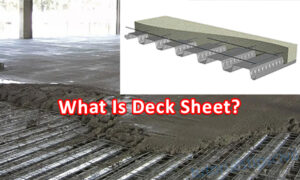Difference Between Plinth Beam and Ground Beam
What is Beam?
A beam is a horizontal member of a structure that resists load by bending. Fundamentally, loads that come unto the beam may be point loads or distributed.on basis of this, when designing any beam, the type or form of load being imposed on it is critically considered for an integral design to be achieved. The type of beam may be based on how it is cast, this may be either monolithic or heterolithic.
Type of Beam Section Structure Engineer?

Plinth Beam:
- A plinth beam is a beam in a framed structure provided at ground level or Plnth Slab Level.
- It is also known as a tie beam because it binds with the column.
- Plinth Beam also helps to support Backfilling material if our plinth slab is above the ground level.
- So it reduces the length of the column and the slenderness ratio of the column.
- It may not carry any slab load and is designed to carry its own self-weight and masonry load above the plinth beam.
- The plinth beam needs to be strong, but need not be made up of reinforced cement concrete (RCC) all the time.
- It provides additional stability in regard to settlements of the building and earthquake damages.
- Avoid differential settlement.
- To maintain the plinth plane proper.
- The plinth beam connects all the columns if the depth of foundation is high.
- To avoid difficulties in the construction of walls.
Ground Beam:
- A ground beam is constructed at the foundation level.
- The ground beam is only used to bind outer columns together.
- It supports the wall or joist if the soil subgrade has poor bearing capacity.
- It is mainly Reinforced Cement Concrete beams.
- To prevent the settlement of the wall.
- It indirectly increases the bearing capacity.
———————————————————————————————————————————————————————————————-









